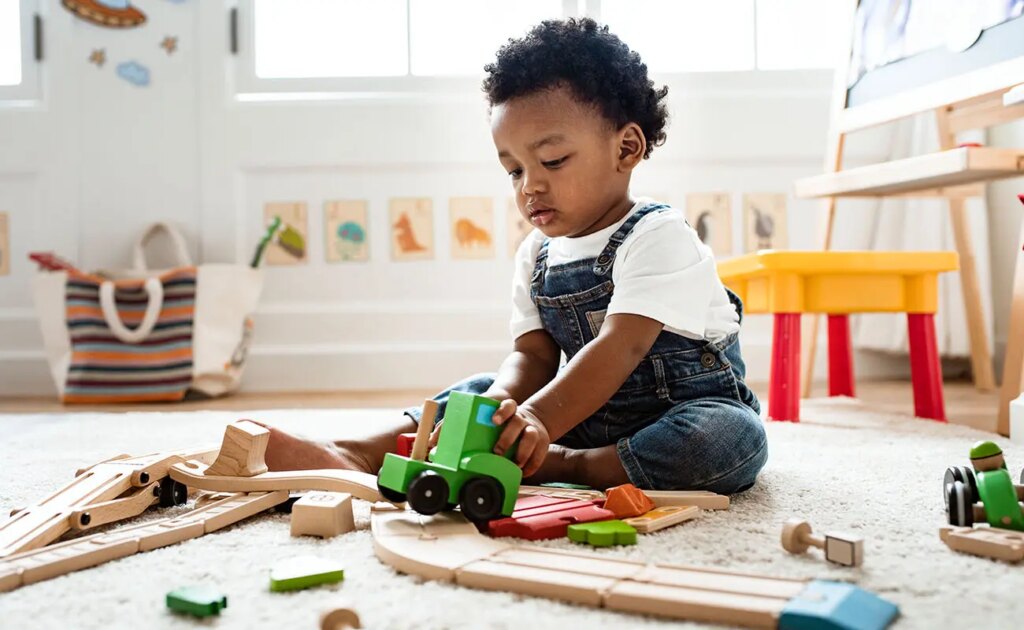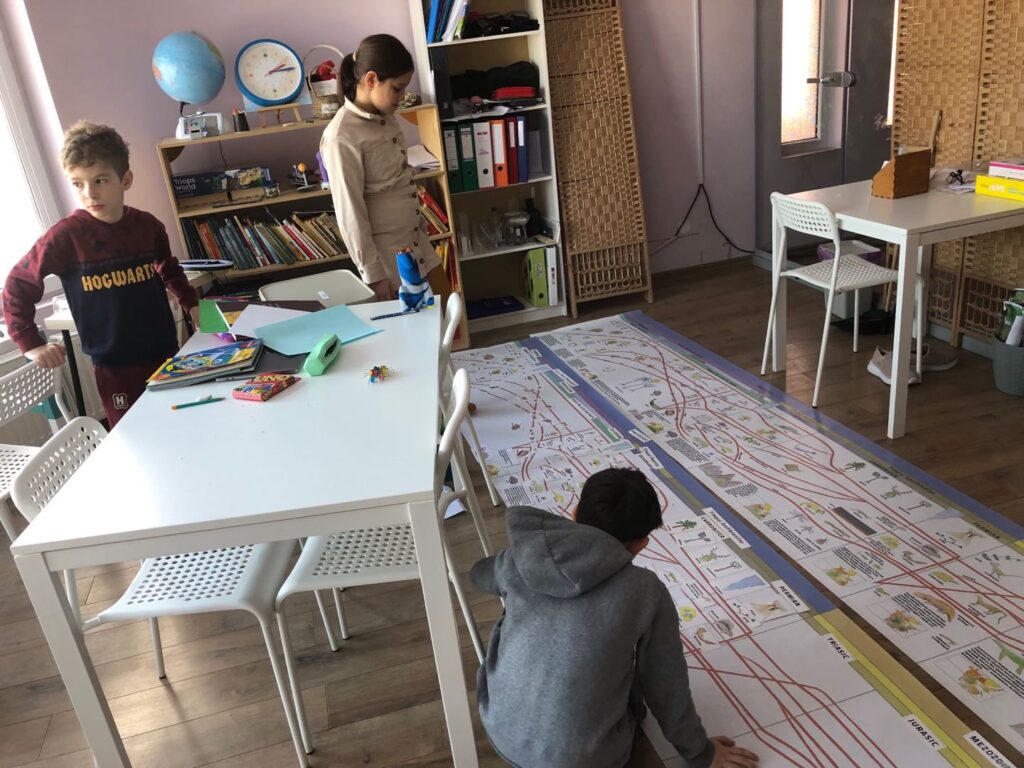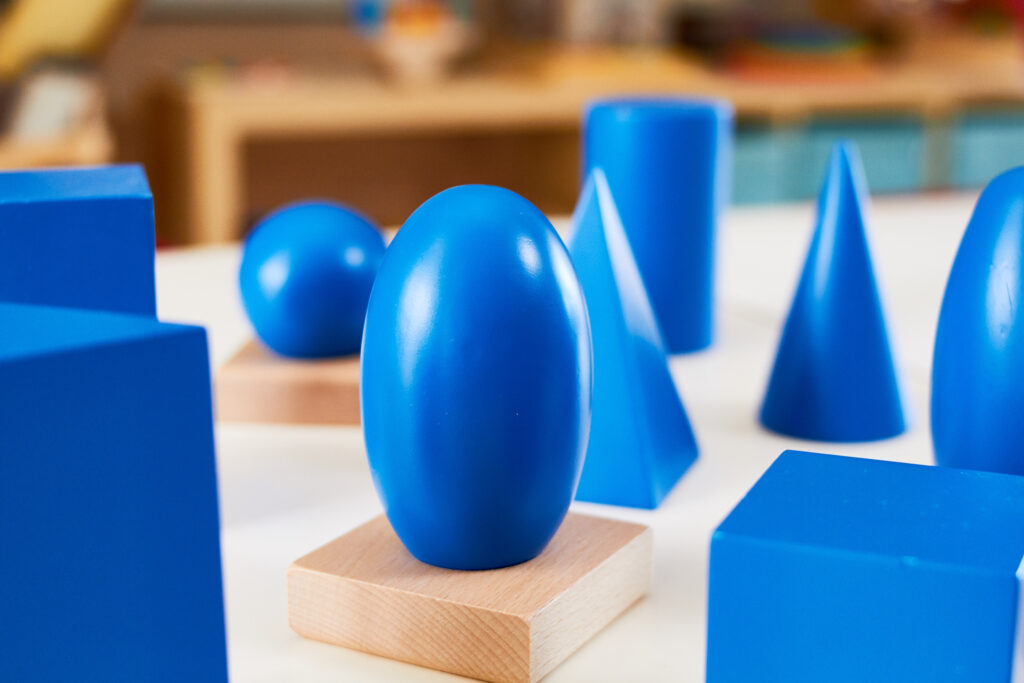Ne nastem cu asteptarea de a primi cultura. Inovatia este posibila in cultura umana datorita abilitatilor noastre de a imita si a prezerva comportamente noi
Michael Tomasello
Citatele apartin unuia dintre cei mai cunoscuti cercetatori in domeniul antropologiei si psihologiei, Michael Tomasello, care a si condus o perioada importanta din viata Institutul Max Planck pentru Antropologie Evolutionara din Leipzig, pe langa multe alte roluri in multe alte institutii renumite in domeniu.
Echilibru si imitatie
Pentru ca noi, PASsE-Par-Nous, suntem preocupati de echilibru, ne-am intrebat: cat din procesul de dezvoltare al unei noi fiinte umane este bazat pe imitatie, sau cat ar trebui sa fie? Care este contrapartida imitatiei?
In 1988, Andrew N. Meltzoff a desfasurat un studiu ce avea ca obiectiv investigarea memoriei pe termen lung in conditii de actiuni noi si stimuli multipli la copii cu varste mai mici de 2 ani. Au ales copii cu varsta de 14 luni. Au ales 6 obiecte:
Six objects served as test stimuli. All but the bear and the egg were objects that these infants had never seen or played with before (because they were specially constructed in our laboratory for this experiment and were not commercially available). The first object was a dumbbell-shaped toy that could be pulled apart and put back together again. It consisted of two 2.5-cm wooden cubes, each with a 7.5-cm length of plastic tubing extending from it. One length of tubing was slightly narrower and fit inside the other. The action demonstrated was to pick up the object by the wooden cubes and to pull outward with a very definite motion so that the toy came apart. The second object was an L-shaped device. It consisted of a flat rectangular base (15.3 × 23.5 cm) with a 2-cm thick wooden flap (9.2 × 10 cm) connected to the base by a hinge. The action demonstrated was to reach out and push the vertical flap over so that it would lie flat on top of the base. The toy was oriented with the edge of the vertical piece facing the infant and could be pushed flat by moving it from right to left. The third object was a small black box (5.4 × 15 × 16.5 cm) with a slightly recessed button (2.2 × 3 cm) on the top surface. The box was tilted up off the table by wooden supports so that the top surface was facing the child. The action demonstrated by the experimenter was pushing the button, which then activated a switch inside the box and produced a beeping sound. The fourth object was an orange plastic egg (4.5 × 6.4 cm) that was glued to a small support base so that it could sit vertically. The object was filled with metal so that it rattled when shaken. The action demonstrated was to pick up and shake the egg. The fifth object was a small stuffed bear (8 × 11 cm) with a thin string attached to its top in the form of a loop. The action demonstrated was to suspend the bear by the string and to jiggle it up and down so that it appeared to “dance” on the tabletop. The sixth object was a 4.3-cm-high wooden box (19 × 26.7 cm) with a translucent orange plastic panel for a top surface. The novel action demonstrated was for the experimenter to lean forward from the waist and touch the panel with the top of his forehead. When touched, the panel was automatically illuminated by a light bulb inside the box.
Studiu A.N. Meltzoff
Cum s-a desfasurat studiul?
In the imitation group each subject was sequentially shown the six target acts (object pulling, hinge folding, button pushing, egg rattling, bear dancing, and head touching). The acts were shown one at a time in one of the predetermined test orders. Each object was kept hidden in a container below the experimenter’s chair before it was brought to the table for its demonstration and returned to the container before the next object was presented. Each demonstration consisted of a 20-s period in which the target act was repeated three times. For example, the experimenter leaned forward and touched the panel with his forehead and then straightened up, repeating his action three times in the 20-s stimulus-presentation period. [...] The procedure for the baseline control was similar to that just described. Parents and subjects were first escorted to the waiting room to complete forms. They were next led to the test room, where they sat at the table. Again the experimenter spoke to the parent while handing warm-up toys to the child until he or she seemed acclimated. The difference between the imitation and baseline conditions was that in the latter the subjects were neither exposed to the toys nor to adult modeling on the first session. [...] In the second control, the adult-manipulation condition, the subjects were exposed to a series of six stimulus-presentation periods. For each presentation the experimenter reached out and manipulated the test object; as in the experimental group the presentation lasted 20s, and as in the experimental group the control displays were demonstrated three times in the 20-s period. Each control display was carefully designed to mimic distinctive features of the experimental display. For the light panel, the experimenter touched his hands to the sides of the box and illuminated the panel via a foot switch, thus mimicking the effect achieved when the experimenter touched it with his forehead. For the pull-toy, the experimenter held the already separated object by the two end pieces and moved them up and down, spanning a linear extent that matched the horizontal movement of pulling the object apart. For the beeper box, the experimenter touched the sides of the box with his hands and surreptitiously used his finger to activate a small switch that set off the beeper. For the hinge toy, the infants were shown that the small flap could move relative to the wooden base. This was accomplished by using an object identical to that used in the experimental condition but without the hinge attached. Infants saw the object with the flap already placed in a horizontal position (the “end-state” for the flap in the imitation group), and the flap was then moved toward the infant and back while being held between the experimenter’s thumb and forefinger. The forward and backward movement approximated the distance traversed by the are of the flap in the imitation condition. For the rattle, the experimenter held his palms facing each other on the table (28 cm apart) and pushed the plastic egg back and forth so that it rattled as it slid. Finally, the bear was placed flat on the table and spun in a circle using the thumb and index finger.
Studiu A.N. Meltzoff
Copiii au revenit la o perioada de 1 saptamana dupa desfasurarea acestor 3 sesiuni. De aceasta data, toti copiii, in toate conditiile au avut toate obiectele parte din experiment la indemana si au fost urmariti, observati si inregistrati in timpul interactiunilor cu aceste obiecte. Fiecare obiect a fost disponibil copilului pentru un interval de 20 de secunde, identic cu intervalul de manipulare al obiectelor de catre adulti cu o saptamana in urma.
Desi copiii nu au avut acces la obiecte, in cadrul vizitei initiale, si nu au putut decat sa observe demonstratiile vizual, fara sa manipuleze jucariile in niciun fel, 11 din 12 copii din grupul “Imitation” au replicat doua sau trei dintre actiunile demonstrate cu o saptamana in urma. Si mai interesant este ca actiunea total noua demonstrata, aprinderea cutiei folosind fruntea a fost printre cele mai replicate actiuni dintre toate, desi o vazusera pentru prima data abia cu o saptamana in urma. Pana la momentul acestui studiu, parerea generala era ca actiunile noi sunt mai greu de duplicat. Dintr-un alt punct de vedere insa, o actiune noua, desfasurata de o persoana necunoscuta, intr-un mediu nou ar putea sa produca o impresie mai puternica si atunci sa starneasca atentia mai mult, ceea ce face fixarea actiunii ca reprezentare mentala a copilului mai puternica. Mai mult, fiind o actiune noua, mecanismul curiozitatii ar putea fi mai puternic stimulat. Cum am mai mentionat in alte articole, fiintele umane beneficiaza de un mecanism, curiozitatea, care foloseste aceleasi cai neuronale ca orice alte dependente: nicotina, alcool, substante interzise, jocuri de noroc, etc. De-aceea, curiozitatea da dependenta, in acelasi fel in care o pot face toate substantele sau activitatile mentionate. Nu ne putem abtine sa nu fim atrasi de ceea ce este nou. Nu putem sa ne abtinem sa nu consideram in mod aproape automat ca ceea ce este nou este automat mai interesant. Pentru ca asa cum mentiona Michael Tomasello, suntem o specie de “constructori”, inovatia este posibila in specia noastra, pentru ca ne “urcam” pe umerii celor de dinaintea noastra. Dar oare o facem doar din acest motiv si, mai mult, imitam doar ceea ce am vazut, fara sa luam niciun alt criteriu in considerare?

Un studiu mai recent, care a reluat conditiile de testare ale lui Meltzoff, in privinta actiunii noi (aprinderea luminii intr-o cutie folosind fruntea) arata si alte elemente. In 2002, György Gergely, Harold Bekkering si Ildikó Király au aratat ca “if an adult demonstrates a new way to execute a task to a group of infants aged 14 months, the children will use this action to achieve the same goal only if they consider it to be the most rational alternative. Our results indicate that imitation of goal-directed action by preverbal infants is a selective, interpretative process, rather than a simple re-enactment of the means used by a demonstrator, as was previously thought”. Cei trei autori ai acestui studiu isi pun intrebarea de ce copiii parte din studiul lui Meltzoff, descris mai sus, au ales sa imite actiunea exact asa cum au vazut-o, si sa aprinda lumina folosind fruntea si nu mana sau mainile, daca, asa cum au aratat alti cercetatori, in alte studii, copiii, chiar si cu varsta de 1 an, pot discrimina intre un obiectiv de atins si modul in care il atingi. Cu alte cuvinte, daca apar constrangeri in executarea unei actiuni pentru atingerea unui obiectiv, copiii, chiar si cei de un an, pot identifica cea mai eficienta modalitate de a atinge obiectivul, pe care adultul pe care il urmaresc executand respectiva actiune ar trebui sa il foloseasca. De-aceea, ne asteptam sa vedem copiii imitand o actiune numai daca, in procesele lor interne cognitive, au discriminat ca intr-adevar aceea era cea mai eficienta metoda de a atinge respectivul obiectiv. Si-atunci, intrebarea ramane: “So why did Meltzoff’s subjects re-enact the head action, when they could just have touched the box with their hands?”
Aici este momentul in care atingem punctul cu adevarat nevralgic, in perspectiva noastra, in cadrul pedagogiei umane. Este cealalta fata, latura periculoasa a abilitatii noastre de a nu inventa roata, odata cu nasterea fiecarui nou individ: puterea conferita de copil, total gratuit, benevolent si increzator, adultului. In cadrul studiului, copiii au avut ocazia sa vada doua situatii. In prima dintre ele, adultul avea mainile “ocupate”:


In ambele conditii, adultul a executat actiunea in acelasi mod: a aprins lumina folosindu-si fruntea. Interpretarea cercetarilor a fost ca: “If infants noticed that the demonstrator declined to use her hands despite the fact that they were free, they may have inferred that the head action must offer some advantage in turning on the light. They therefore used the same action themselves in the same situation.” Cu alte cuvinte, copiii acorda atat de multa incredere adultilor din jurul lor, incat chiar si atunci cand propria minte le spune ca pot atinge anumite obiective in moduri mai eficiente, vor imita actiunea demonstrata de adult, pentru ca presupun ca adultul are, cu siguranta, un motiv foarte bun, dar opac pentru ei, pentru care alege sa se comporte in acel mod. Acest comportament a capatat in timp denumirea de “overimitation” – supra-imitare. Va redam rezultatele studiului, asa cum au fost ele prezentate de autori si va invitam sa reflectam la impactul si influenta pe care actiunile noastre, ca adulti, le au asupra copiilor din jurul nostru. Vom reveni la acest subiect, intr-un viitor articol, in care ne vom concentra pe comparatia intre invatarea prin explorare si invatarea prin demonstratii, echilibrul dintre cele doua, care deriva tot din aceasta tendinta biologic evolutionara de a supra-imita:
To test this idea, we replicated Meltzoff’s study1 with one modification: in one condi- tion, the subjects could see that the demon- strator’s hands were occupied while she executed the head action (pretending to be cold, she had wrapped a blanket around herself which she held onto with both hands; ‘hands occupied’, Fig. 1a). After witnessing the same head action when the adult’s hands were free, 69% of infants re-enacted the head action, replicating Meltzoff ’s results. However, after watching the adult turn on the light with her head when her hands were occupied, the number of children who imitated the head action dropped significantly to only 21%. It must therefore have seemed sensible to the infants that the demonstrator should use the head action when her hands were occupied — nevertheless, 79% of them chose not to imitate her because their own hands were free, presumably concluding that the head action was not the most rational. Whether they re-enacted the head action or not, all infants who watched the adult perform under both conditions still used the hand action. This suggests that 14-month- old infants are still subject to an automatic, emulation-like process whereby the memory of the effect (illumination by touch) activates the response that is most strongly associated with establishing contact (hand action). But the re-enactment of the head action, when inferred to be rational by the infant, indicates that imitation by 14- month-olds goes beyond emulation. We conclude that the early imitation of goal- directed actions is a selective, inferential process that involves evaluation of the rationality of the means in relation to the constraints of the situation.
Studiu A.N. Meltzoff





